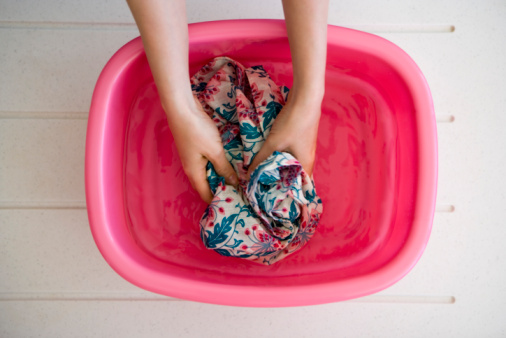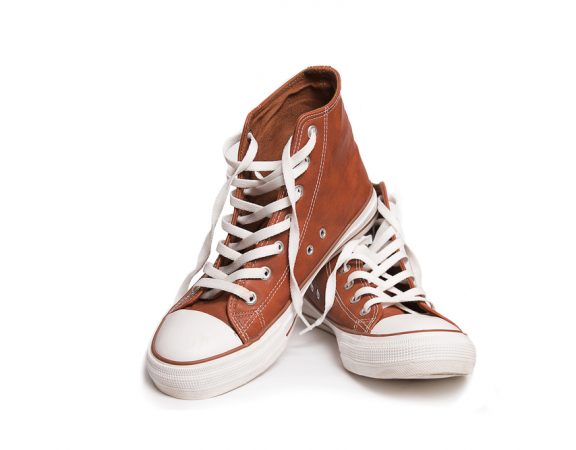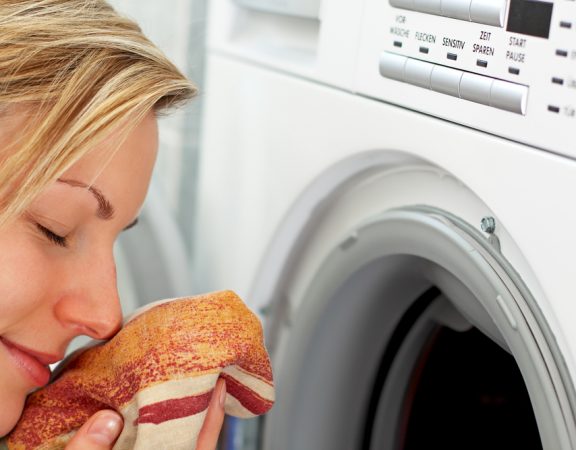What’s the Best Temperature for Washing Clothes?

How to organize your laundry for efficiency
May 21, 2015
Can Faded Clothes Be Fixed?
June 19, 2015What’s the Best Temperature for Washing Clothes?
There is nothing more frustrating than pulling a blue shirt out of the washer when it went in white. We have all experienced this horror in different shades of color and wonder how that white shirt made it in to the cold water load with your new jeans. Then the scramble begins to breathe life back into the white shirt by tossing it in a hot water load with bleach.
Why do we use different temperature settings for our clothes? If you watch most teenage boys do laundry, there is no sorting or temperature choosing, which explains why they have grungy looking clothes and stained socks and shirts. Before choosing a temperature it is important to separate your clothes into whites, mediums and darks. The temperature and fabric help decide the temperature in which an item should be washed. Each temperature serves different functions.
White clothing requires hotter water to help remove stains and keep them crispy white. Hot water (130 degrees or above) is also recommended for very greasy clothes or those that need to be sanitized like diapers and wash rags. It is not recommended to use hot water for items that will shrink easy like anything wool, even if it is white. Hot water drives deeper into the fabric helping lift the stains out of the weaves.
Warm water (90 degrees) is a middle of the road setting that minimizes color fading but cleans grimy clothes well. This setting is used for that mixed bag of colors that neither belong in the dark or white category, like towels and the chances of them bleeding into other colors at this temperature is minimal. This setting is best used for items that have been washed multiple times as color bleeding can still occur.
Cold water (80 degrees and below) is for dark clothes or materials that may bleed colors and delicate items that can’t tolerate hot or warm water. Cold water is not nearly as good at removing stains such as grass stains but is best for removing blood, wine and coffee stains. It is best to pre-treat stains when using the cold cycle. Due to the dyes used in dark clothes like jeans, even in cold the color may bleed out and into other clothes. It is also believed that using cold water helps “set” colors in fabrics so they don’t bleed out in the future.
Teenage laundry habits may be easier but in the long run, sorting and using the proper temperature for the fabric will save you time and money.




